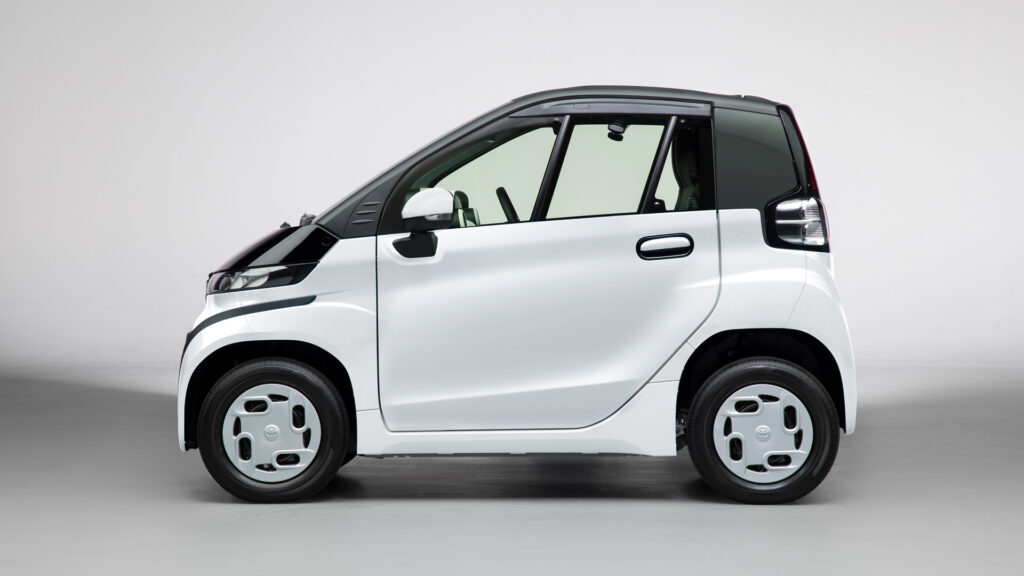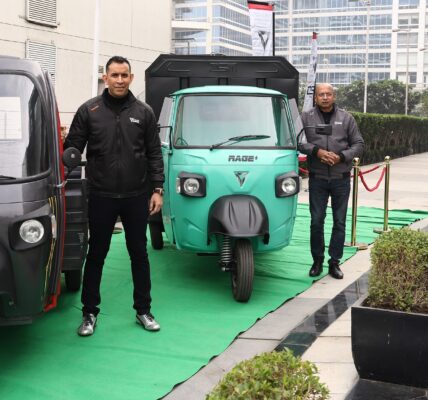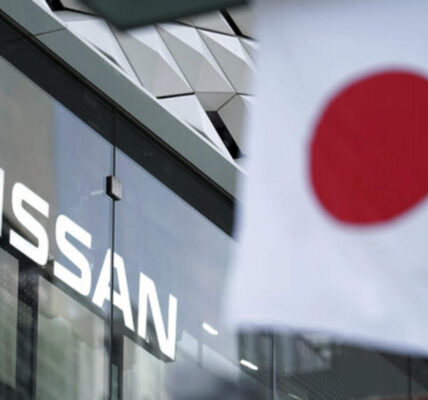Toyota Motor Corporation announced a limited launch of the C+pod ultra-compact battery electric vehicle (BEV) to corporate users, local governments and other organizations that have been exploring new options to drive the popularization of BEVs.
Toyota plans to further promote the establishment of systems for popularizing BEVs, including development of new business models, and to conduct a full-scale launch including to individual customers by 2022. The C+pod launch will also demonstrate new services that can only be provided by BEVs.
The new C+pod is a two-seater BEV designed as a mobility option that improves per-person energy efficiency. In addition to short-distance daily use, the C+pod is also aimed at corporate users visiting customers on a regular basis, and at users in urban or mountainous communities needing safe, unrestricted, and environmentally-friendly transportation options.

To drive further popularization of BEVs, Toyota is expanding its product lineup and forming open collaborations as it works to build new business models. In Japan, it is focusing initially on the C+pod, Walking Area BEVs, and Toyota i-Road, with more than 200 corporate and local government partners currently involved in exploring new transportation models.
As one of these collaborative efforts, the launch of the C+pod will also demonstrate new services specific to BEVs. One of those services is Toyota Green Charge, a joint project developed with Chubu Electric Power Miraiz Co., Inc. to offer a single point of contact for corporations seeking support when constructing optimal charging facilities or developing electricity plans for BEVs, such as CO2-free power.
The service will be jointly implemented in collaboration with Chubu Electric Power Miraiz, Kansai Electric Power Co., Inc., and TEPCO Energy Partner, Inc.
Other services in planning include the Electric-vehicle sharing service that combines tourist information with the Toyota Share car-sharing service to promote sightseeing and excursions.
With a compact body measuring 2,490 x 1,290 x 1,550 mm (length x width x height), and a minimum turning radius of 3.9 m, the C+pod comfortably navigates sharp corners on narrow roads, minimizes steering wheel operation when parking, and provides excellent maneuverability in everyday driving.
The under-floor location of the 9kWh lithium-ion battery in front of the seat creates a flat, low-floor package that minimizes steps. The 2.6 kW motor (9.2 kW max output, 56 N·m max torque) is positioned in the rear of the vehicle, while the combination of a rigid, lightweight body and independent suspension system, that absorbs irregularities in the road surface, achieves high-quality riding comfort and brisk yet stable driving performance.
The C+pod comes with a cruising range of up to 150 km (93 miles) (WLTC mode, Class 1 test cycle when running on battery power; Japanese Ministry of Land, Infrastructure, Transport and Tourism).
The C+pod supports standard charging, which makes charging easy whether at home or outside of the home. The supplied charging cable (100/200 VAC) connects directly to power outlets for charging. With membership of the BEV/PHEV recharging service, the vehicle can be charged outside of the home at Toyota dealers with G-Station chargers (approximately 4,200 charging stations) and at any standard charging spot across Japan (approximately 10,800 charging stations).
The C+pod includes an external power supply system of up to 1,500 W (100 VAC) as standard for use during power outages and natural disasters. In addition to use through the accessory power outlet near the passenger’s feet, the optional vehicle power connector can be plugged into the standard charging inlet at the front of the vehicle for use as an external power supply socket, which can supply power for up to about 10 hours.
The C+pod is equipped with new safety features for ultra-compact mobility, in compliance with standards of a minivehicle. It uses a structure that efficiently disperses and absorbs impact energy across multiple components, and ensures safety in the event of frontal, side or rear impacts. It also mitigates any impact on pedestrians in a collision with a vehicle body structure that reduces pedestrian injury.
A Pre-collision Safety System is included as standard to detect other vehicles (day and night), pedestrians (day and night), and cyclists (day). An Intelligent Clearance Sonar with Parking Support Brakes (Stationary Objects) is also included to help avoid collisions, or mitigate damage, with walls and other obstacles during low-speed operation. Altogether, the vehicle has a full range of equipment to support safe driving every day.







